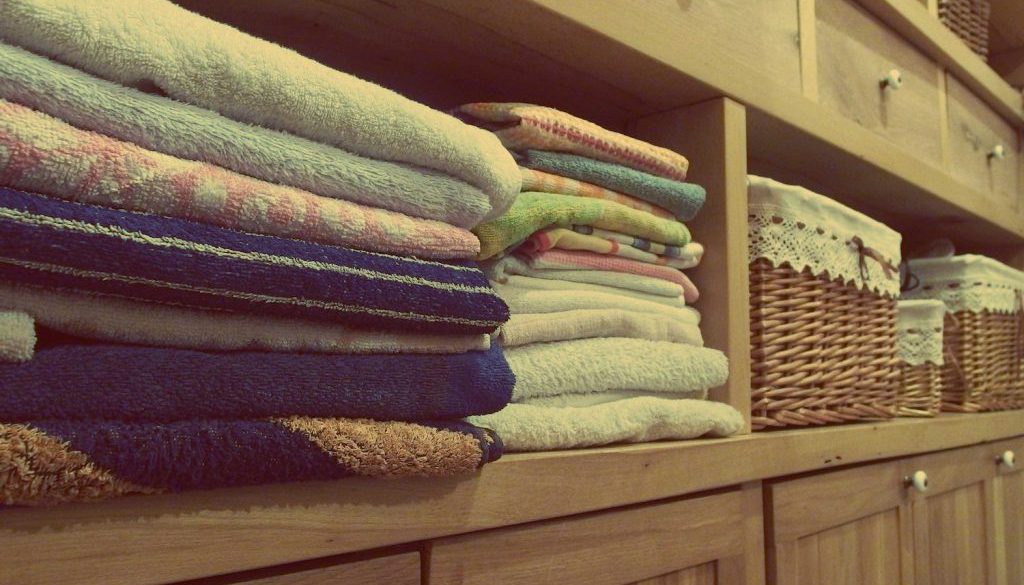Unlock the mystery of keeping rooms: history, uses, benefits and design elements
In today’s modern home designs, open floor plans and aesthetic appeal often dominate the scene. However, the charm of a more historic and purposeful space, known as a keeping room, has made a comeback in contemporary architecture. In this comprehensive guide, we’ll explore the history, definition, uses, and benefits of keeping rooms, along with some common design elements that can help you integrate this timeless concept into your home.
History of the Keeping Room
The origins of the keeping room can be traced back to colonial America, when homes were designed with practicality and functionality in mind. In those times, families gathered around a central fireplace, which provided warmth and served as the hub for everyday activities. The keeping room got its name because it was the main room where families “kept” warm during colder months.
Smaller than their modern counterparts, colonial homes often only had a few rooms, and the keeping room was the heart of the household. It was the ultimate multipurpose area, where families cooked, ate, socialized, and slept, all within the same vicinity.
The Definition of a Keeping Room
So, what is a keeping room today? In essence, it is a cozy and comfortable space located close to the kitchen or dining area, which continues to serve as a central gathering spot for families. While not as essential for warmth as they were in the past, keeping rooms nurture the sense of togetherness that originated in colonial times.
Often featuring plush seating, a fireplace, and a laid-back atmosphere, keeping rooms provide a relaxed setting where families can connect, unwind, and communicate with ease.
How is a Keeping Room Used?
A keeping room presents versatile uses for modern homes, without losing its authentic charm. It can function as a casual dining area, a kids’ playroom, an entertainment hub, or simply as a welcoming spot for conversation, relaxation, and family bonding.
With a seamless connection to the kitchen or dining room, keeping rooms encourage the family to remain together even during meal preparations or other household tasks. This cohesive environment nurtures connections and enables warm memories and stories to be shared and cherished by family members.
Benefits of a Keeping Room
Embracing the concept of a keeping room in your home comes with several advantages. Firstly, it encourages family bonding by providing a central, comfortable location for everyone to connect and engage with each other on a more intimate level.
Secondly, it offers an additional multipurpose area, tailored to the specific needs of your family. Be it a space for children to play while parents cook, or a cozy nook for a family movie night, the keeping room caters to the diverse requirements of a modern household.
Lastly, a keeping room adds a touch of historical charm to your home’s architecture and design. It can impress visitors and, if expertly executed, can potentially increase the resale value of your property, capturing the hearts and minds of potential buyers.
Common Design Elements of a Keeping Room
When creating a keeping room in your home, there are several design elements to consider that can enhance its welcoming atmosphere. Here are some ideas to get you started:
1. A fireplace: Reminiscent of the colonial keeping room, a fireplace adds warmth and comfort, while serving as a focal point in the space.
2. Comfy seating: Plush sofas, armchairs, or even floor cushions can create a welcoming ambiance for relaxation and conversation.
3. Natural materials: Wood accents and warm fabrics can connect the room to its historical roots and bring a sense of coziness.
4. Personal touches: Incorporate meaningful, personal items, such as family photos or heirloom quilts, to add emotional value to the space.
In conclusion, keeping rooms are a delightful way to honor traditional home design elements while providing an invaluable space for families to gather, bond, and create lasting memories. For those looking to infuse their modern homes with the warmth and charm of the past, keeping rooms present the perfect bridge between history and contemporary living.



